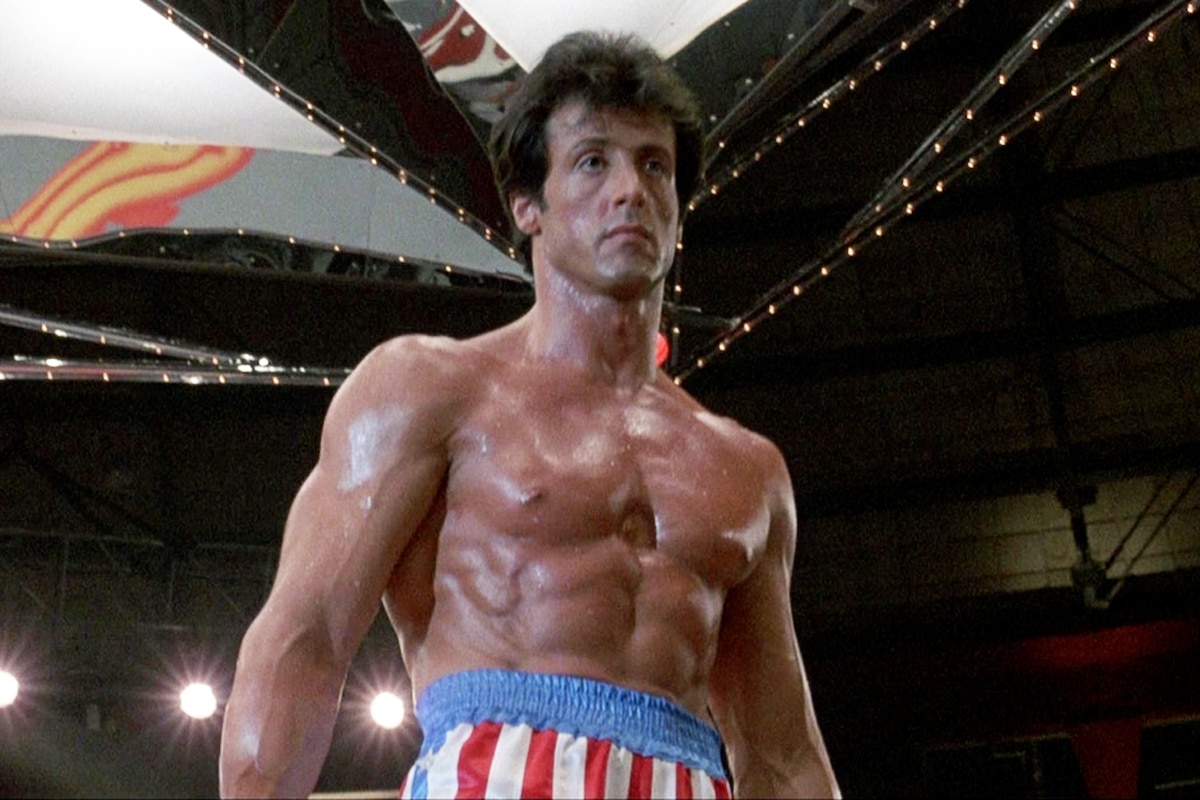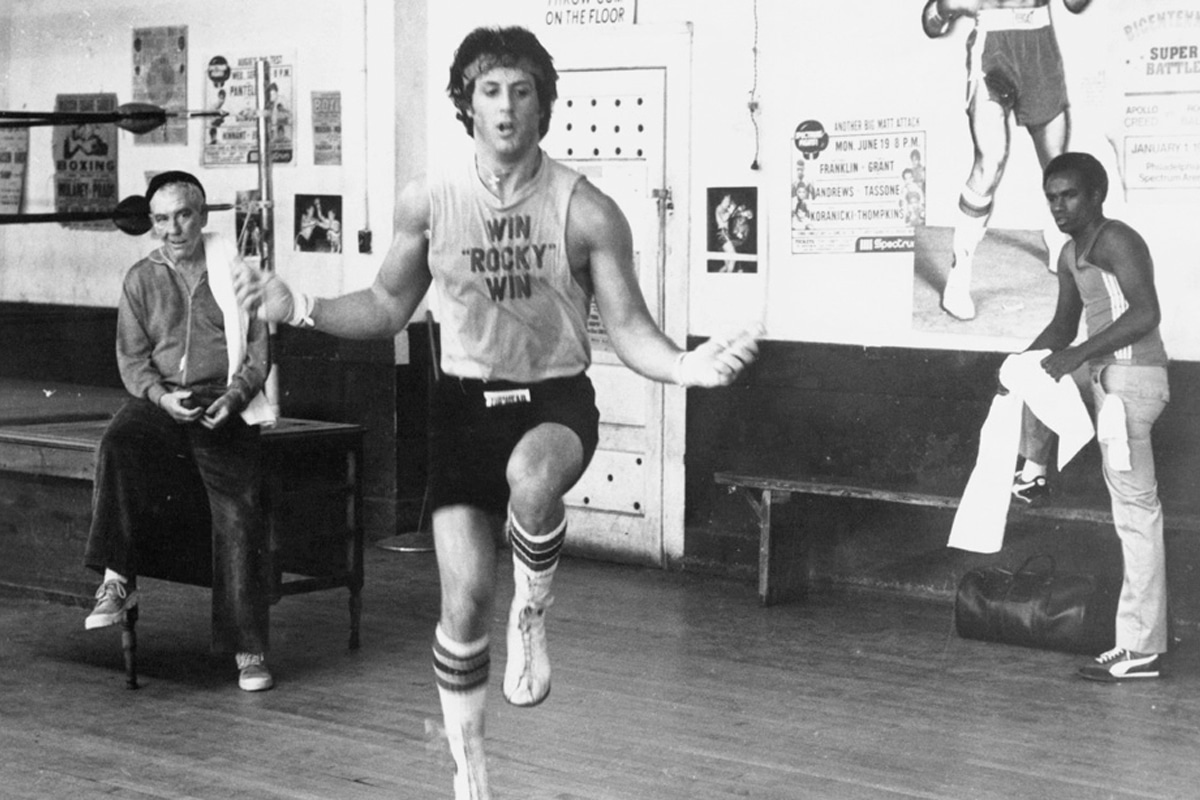Sylvester Stallone: The Ultimate Hollywood Legend Who Defined Action Cinema
Sylvester Stallone: The Ultimate Hollywood Legend Who Defined Action Cinema
From a struggling actor selling his dog for grocery money to becoming one of Hollywood's most iconic action stars, Sylvester Stallone embodies the American dream like few others. Born Michael Sylvester Gardenzio Stallone on July 6, 1946, this legendary actor, writer, and director has created some of cinema's most beloved characters and inspired millions worldwide through his remarkable journey of perseverance and triumph.

Early Life and Humble Beginnings
Stallone's story begins with adversity. Born in a charity hospital in New York's Hell's Kitchen, complications during birth caused nerve damage that left him with partial facial paralysis—the distinctive trait that would later become part of his signature look and speech pattern. Far from being a limitation, this characteristic would eventually contribute to his unique on-screen presence.
His childhood was marked by challenges, including his parents' divorce when he was eleven and frequent moves between homes. Eventually settling in Philadelphia after his mother remarried, young Stallone found inspiration at age 12 after watching bodybuilder Steve Reeves in "Hercules." This moment sparked his passion for bodybuilding and physical fitness that would define his future career.
Despite his rebellious streak leading to multiple school expulsions, Stallone excelled in sports and drama at Devereux-Manor Hall, a school for troubled boys. He set track records, won fencing championships, and discovered his love for acting—talents that would prove crucial to his later success.
The Rocky Breakthrough That Changed Everything
After years of struggling with minor roles and even appearing in adult films to make ends meet, Stallone's fortunes changed dramatically in 1975. Inspired by the Muhammad Ali vs. Chuck Wepner fight, he wrote the screenplay for "Rocky" in just three and a half days—a story that mirrored his own struggles as a down-and-out artist fighting for his shot at success.

When major studios offered $200,000 for his script, Stallone made a career-defining decision: he refused to sell unless he could play the lead role. Despite Hollywood's hesitation to cast an unknown actor, United Artists eventually agreed to produce "Rocky" with Stallone as the star, albeit on a modest $920,000 budget.
The gamble paid off spectacularly. "Rocky" became a cultural phenomenon, earning over $117 million worldwide and winning the Academy Award for Best Picture, beating Martin Scorsese's "Taxi Driver." This David-and-Goliath story resonated with audiences during a time when America needed hope and inspiration.
Rise of the Action Hero: Rambo and Beyond
Building on Rocky's success, Stallone introduced another iconic character in 1982 with "First Blood," featuring John Rambo—a troubled Vietnam veteran dealing with PTSD and societal rejection. Unlike the typical action heroes of the era, Rambo was a complex character who reacted to violence rather than initiating it, adding depth to the action genre.

The 1980s belonged to Stallone. "Rambo: First Blood Part II" (1985) and "Rocky IV" (1985) both earned over $300 million worldwide, establishing him as one of Hollywood's highest-paid action stars. These films perfectly captured the decade's zeitgeist, combining spectacular action sequences with patriotic themes that resonated with Reagan-era audiences.
During this golden period, Stallone also starred in memorable action films like "Cobra" (1986), "Over the Top" (1987), and "Rambo III" (1988), cementing his status as an international action icon alongside Arnold Schwarzenegger and other muscular heroes of the era.
Career Evolution and Remarkable Comebacks
The 1990s brought mixed results for Stallone. While "Rocky V" disappointed fans and critics, he found success with action films like "Cliffhanger" (1993) and "Demolition Man" (1993). His dramatic turn in "Cop Land" (1997), where he gained weight to play an alcoholic sheriff alongside Robert De Niro, showcased his range as a serious actor.
After a series of commercial failures in the early 2000s, many considered Stallone's career over. However, true to Rocky Balboa's never-give-up spirit, he mounted one of Hollywood's greatest comebacks with "Rocky Balboa" (2006). The film successfully revitalized the franchise and proved that Stallone still had the magic touch.

Modern Success and Lasting Legacy
Stallone's most remarkable achievement in recent years came with "Creed" (2015), where he reprised Rocky Balboa as a mentor to Apollo Creed's son. This brilliant reinvention earned him a Golden Globe Award and his first Oscar nomination since the original "Rocky," proving his enduring relevance in modern cinema.
At 78 years old, Stallone continues working with projects like "The Expendables" franchise and the television series "Tulsa King" (2022). His influence extends beyond entertainment—the Rocky statue in Philadelphia and the iconic training montages have become cultural touchstones, inspiring countless individuals to pursue their dreams despite overwhelming odds.
Stallone's legacy lies not just in his box office success, but in creating characters that embody resilience, determination, and the belief that anyone can overcome adversity. Rocky Balboa and John Rambo have transcended cinema to become modern myths, representing the best of the American spirit.
Frequently Asked Questions
What caused Sylvester Stallone's distinctive speech pattern?
Stallone's characteristic speech resulted from nerve damage during his difficult birth, which caused partial paralysis of his face. Rather than hindering his career, this distinctive trait became part of his unique screen presence.
How much did Stallone make from the first Rocky movie?
While Rocky Balboa earned about $30,000 from his fictional fight, Stallone's real-life earnings from "Rocky" launched him to superstardom. The film grossed over $117 million worldwide on a $920,000 budget.
Which Stallone movie was his biggest box office success?
"Rocky IV" became the highest-grossing film in the Rocky franchise, earning over $300 million worldwide and becoming a cultural phenomenon during the Cold War era.
Is Stallone really saying goodbye to Rocky?
After "Creed II" (2018), Stallone indicated that Rocky's story had been told and it was time for the Creed franchise to continue without him as the central character.
Share This Inspiring Story
Sylvester Stallone's journey from struggling actor to Hollywood legend proves that with determination and perseverance, any dream is achievable. Share this article with anyone who needs inspiration to keep fighting for their goals, just like Rocky taught us!
Ready to be inspired by more Hollywood success stories? Share this article on social media and spread the message that champions are made, not born!